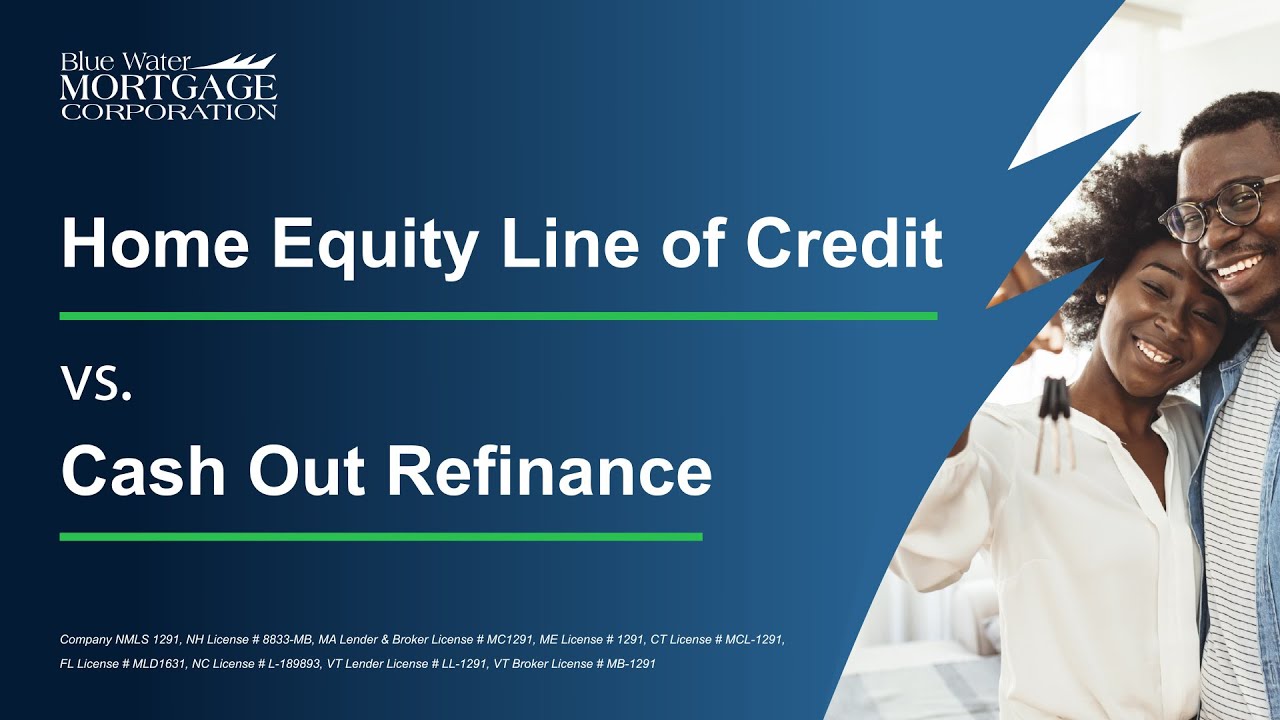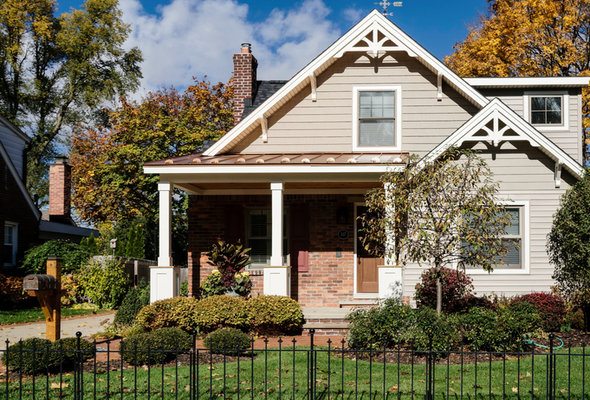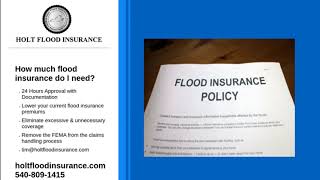
The 80-10-10 mortgage is a type that allows borrowers without a 20% down payment to skip PMI. It allows them to buy high-priced homes without having to take out a larger loan. The downside to this type of loan is that you will need to get two mortgages at once.
Piggyback loans
A piggyback loan is a type that allows you to pay a lower downpayment on your new home. Contrary to other mortgages, the 80-10-10 loan does not require you to pay 10% of the home's total cost. Mortgage insurance may be required for the loan. If you are able to repay the loan on time and have good credit, this mortgage loan may be a good option.
Two types of liens make up a piggyback loan: The first is a fixed-rate mortgage that covers up to 80% of the property's purchase price. The second is a home equity credit (HELOC) that covers the remaining 20%. Although they are similar in structure to credit cards credit cards, home equity lines can of credit (HELOCs), have no interest rates and can be repaid at any time.
Jumbo loans
Lenders can borrow 80-10-10 loans to buy larger homes for a smaller downpayment. This allows them not to have to follow the strict guidelines required for jumbo mortgages. Instead of having to pay 20% of the total home price, they can pay as little as 10%, which will greatly reduce their monthly payment. These loans can be used by people in financial difficulties or who cannot afford the high down payment that is required for a traditional loan.

Although loan limits for Jumbo Loans vary from lender to lender, they are usually higher than $647,200. The limit for Hawaii and Alaska is even higher, at $970,800.
80 10 10 loans
A 80/10/10 loan is a great option for those who are interested in a costly home, but have limited funds. These loans let you borrow 80% of the price of the property, but only a 10% downpayment is required. These loans don't require any mortgage insurance.
These loans are a popular option for homeowners who want to avoid jumbo loans, circumvent PMI, or purchase a new home before selling their existing one. These loans work in the same way as piggyback loan. Although there are many variations of this loan, the principle is the same. You take out two loans: one for your new home, and one for your existing home. Then, you pay off the second loan with the first. The benefit of this loan is that it allows you to buy a home at a higher price and not pay PMI.
Rural housing loans
Rural housing loans are an excellent way to buy a new house. These loans are guaranteed by the USDA and are great for those with low income. This government program offers low rates of interest and 0% down payment. This program helps homebuyers to navigate the application process. It also provides refinance options for qualified loans.
Rural housing loans can be used for a variety of purposes. These loans can be used to help buyers purchase their first or second home. FHA mortgages only require 3.5% of the purchase amount. This allows individuals with low incomes and lower incomes to afford a mortgage with lower monthly payments.

USDA Loans
You might consider a USDA 80-10-10 mortgage if you're in dire need of a home loan with zero down. This program is specifically designed for low and moderate-income households. To be eligible, you must meet certain income requirements and property requirements. If you meet these requirements, you should be able to purchase a home.
This loan program offers a variety of options, including self-serviced loans and bank-owned loans. These loans are guaranteed to have a low interest rate and flexible repayment terms because they are backed USDA. These loans do not require a down payment. They can be repaid over 33-38 years, depending upon your income.
FAQ
Which is better, to rent or buy?
Renting is usually cheaper than buying a house. However, you should understand that rent is more affordable than buying a house. There are many benefits to buying a home. You will be able to have greater control over your life.
What flood insurance do I need?
Flood Insurance protects from flood-related damage. Flood insurance protects your possessions and your mortgage payments. Learn more about flood coverage here.
How can I find out if my house sells for a fair price?
You may have an asking price too low because your home was not priced correctly. Your asking price should be well below the market value to ensure that there is enough interest in your property. Our free Home Value Report will provide you with information about current market conditions.
How much money do I need to save before buying a home?
It depends on how long you plan to live there. Start saving now if your goal is to remain there for at least five more years. But if you are planning to move after just two years, then you don't have to worry too much about it.
Can I buy my house without a down payment
Yes! Yes. These programs include conventional mortgages, VA loans, USDA loans and government-backed loans (FHA), VA loan, USDA loans, as well as conventional loans. You can find more information on our website.
What are the key factors to consider when you invest in real estate?
The first step is to make sure you have enough money to buy real estate. If you don’t save enough money, you will have to borrow money at a bank. It is important to avoid getting into debt as you may not be able pay the loan back if you default.
You should also know how much you are allowed to spend each month on investment properties. This amount must include all expenses associated with owning the property such as mortgage payments, insurance, maintenance, and taxes.
Finally, you must ensure that the area where you want to buy an investment property is safe. It would be a good idea to live somewhere else while looking for properties.
What are the benefits associated with a fixed mortgage rate?
Fixed-rate mortgages lock you in to the same interest rate for the entire term of your loan. This guarantees that your interest rate will not rise. Fixed-rate loans offer lower payments due to the fact that they're locked for a fixed term.
Statistics
- Based on your credit scores and other financial details, your lender offers you a 3.5% interest rate on loan. (investopedia.com)
- The FHA sets its desirable debt-to-income ratio at 43%. (fortunebuilders.com)
- Private mortgage insurance may be required for conventional loans when the borrower puts less than 20% down.4 FHA loans are mortgage loans issued by private lenders and backed by the federal government. (investopedia.com)
- This means that all of your housing-related expenses each month do not exceed 43% of your monthly income. (fortunebuilders.com)
- When it came to buying a home in 2015, experts predicted that mortgage rates would surpass five percent, yet interest rates remained below four percent. (fortunebuilders.com)
External Links
How To
How to become real estate broker
To become a real estate agent, the first step is to take an introductory class. Here you will learn everything about the industry.
Next, pass a qualifying test that will assess your knowledge of the subject. This means that you will need to study at least 2 hours per week for 3 months.
This is the last step before you can take your final exam. To become a realty agent, you must score at minimum 80%.
These exams are passed and you can now work as an agent in real estate.